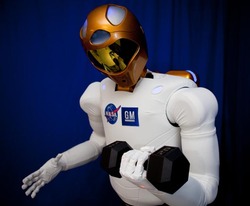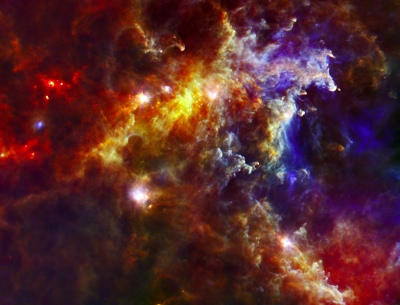April 2010
Stephen Hawking: No Welcome Mat For Space Aliens
Hubble 20th Anniversary
New pictures of the sun
The Shuttle Returns, Routine.
Space shuttle Discovery returned to earth this morning, April 20, 2010, with a routine landing at Kennedy Space Center in Florida. Hardly even knew that she was gone. The US space shuttle was away, fifteen short days on a mission to the International Space Station. Lift off, return and the flight itself in so hum drum..The only bit of shuttle news is that there are only three shuttle space flights left, then the shuttle will be retired, and US space folks have to rely on the Russians or others or stay earth bound, until when? Whenever, the next US ships are ready to go. Also the returning flight flew over a large part of the US, giving the tax payers who watched, a nice show..The Atlantis is the next shuttle schedule to take a flight to space. Liftoff is targeted for May 14.
Yes, so the Space shuttle Discovery return was routine? Routine is good.
Data is here.
R2 will be monitored closely during its first anti-gravity field trip in September of this year, as machinery does not hold up or operate as expected in space, much like humans.
Keep Going Forward, Boldly, Right?
New Rosette Nebula Stars
The Herschel Telescope captured this gorgeous image of one section of the Rosette Nebula, showing new stars. You can read more here. Click the image for a larger version.
Image credits: Credits: ESA/PACS & SPIRE Consortium/HOBYS Key Programme Consortia






